Fathym Technology.
Fathym tech.


Fathym simplifies cloud complexity by orchestrating cloud-native services and application delivery, out of the box.


Get started today with amazing biotech devices from:
Behind the scenes.

The future is what we want it to be.

Content

The growing world of data management

Enterprise as Code (EaC)
Fathym’s EaC is a proprietary directed graph database that holds the map for how your applications, LCUs, digital assets, permissions, and users come together.

Low-Code Units (LCUs)
Fathym’s LCUs are the most basic building blocks of the Fathym world. These flexible containers can hold anything ranging from small bits of data to large applications.

Distributed File System (DFS)
Fathym’s DFS stores all the components, code, builds, and assets of your applications.
This system can span clouds and even cloud-edge architectures (for distributed applications like IoT).

State Flows
The current state of an application is made up of static and dynamic pieces, some user driven, some owner defined, some infrastructure driven.
From how microservices are defined and deployed to what a user inputs in a form, Fathym’s proprietary State Flows keeps it all working together.

Data-driven Apps
Spinning up cloud-native apps to make full use of your data has never been so easy.

Fathym Runtime
Our proprietary runtime brings all the pieces and services together. It conducts the orchestration of cloud-native services, making your enterprise and applications run seamlessly out of the parts.
The Fathym runtime powers the deployment, hosting and seamless integration of modular and distributed frontends and services as composable web projects.

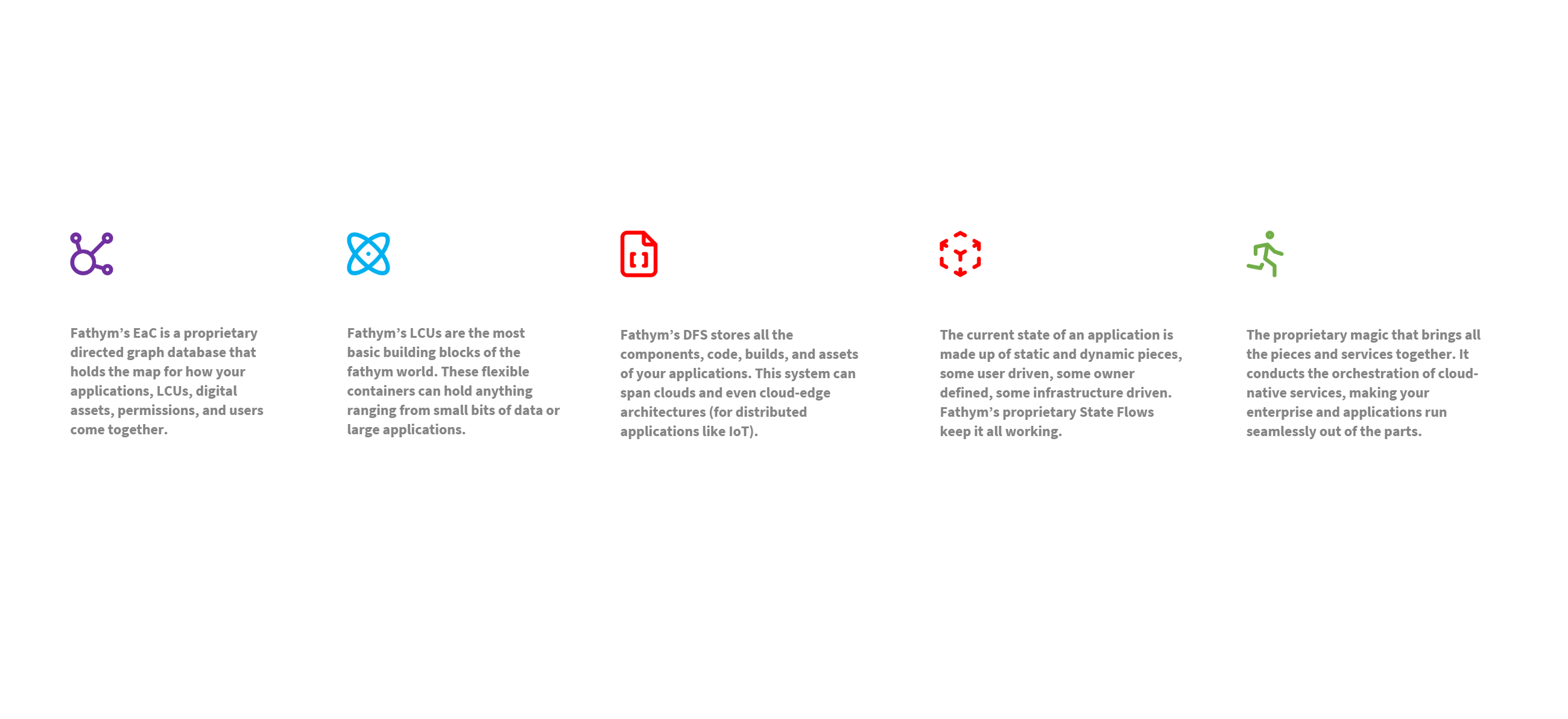
Under the hood.






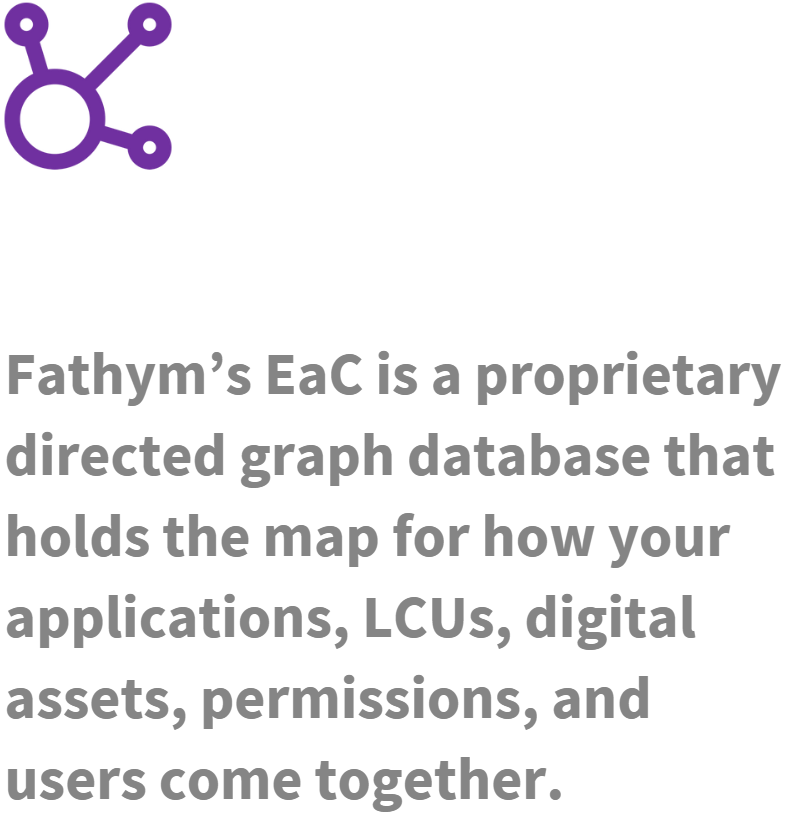
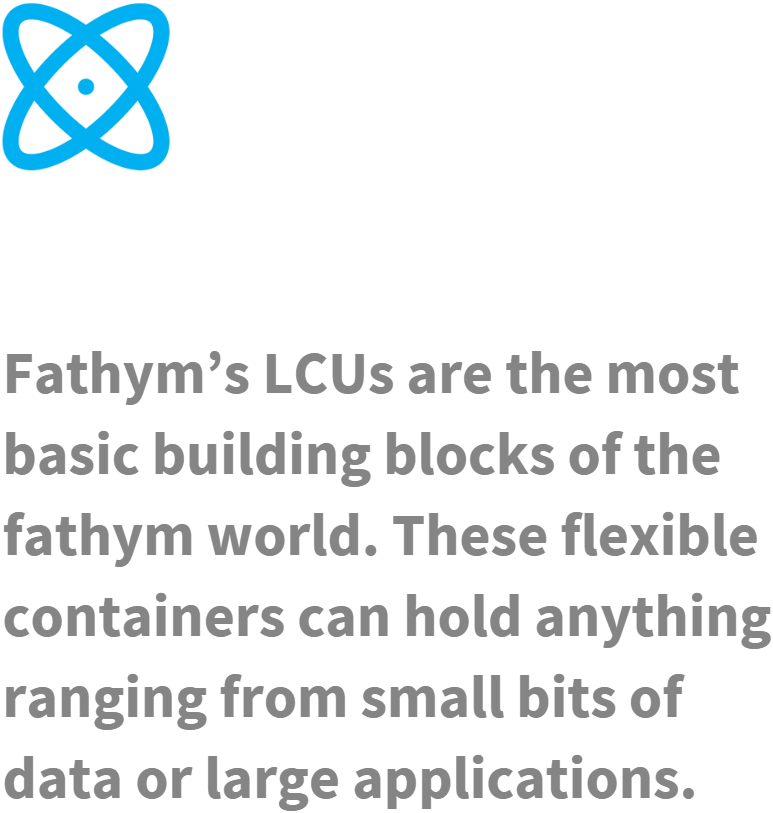
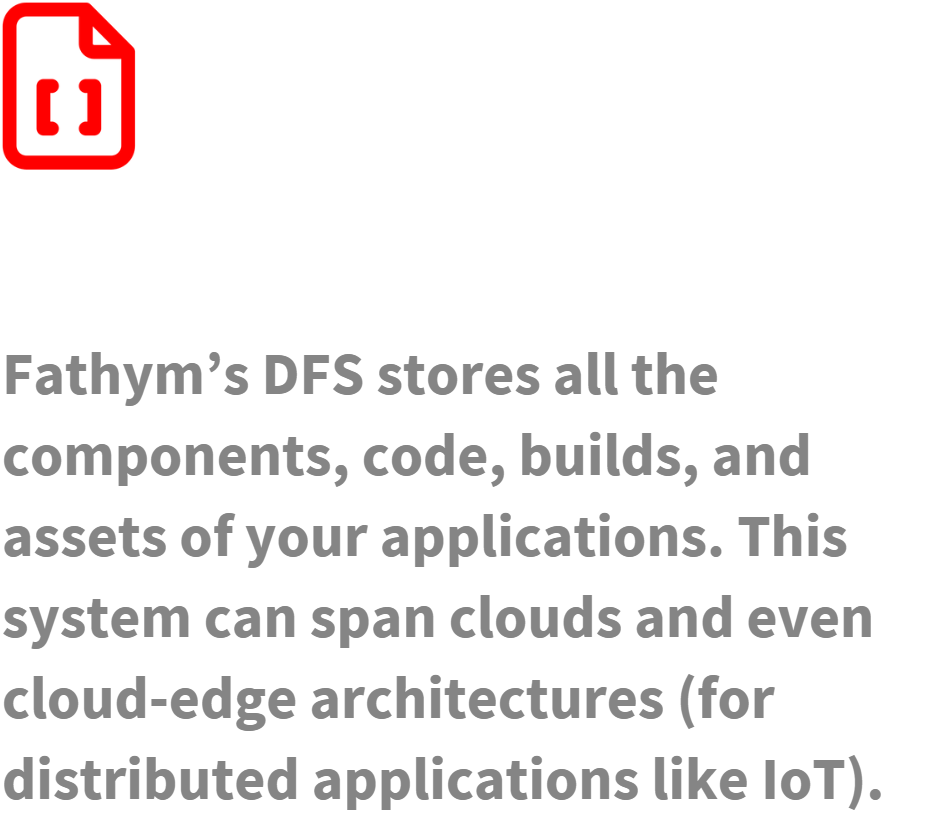
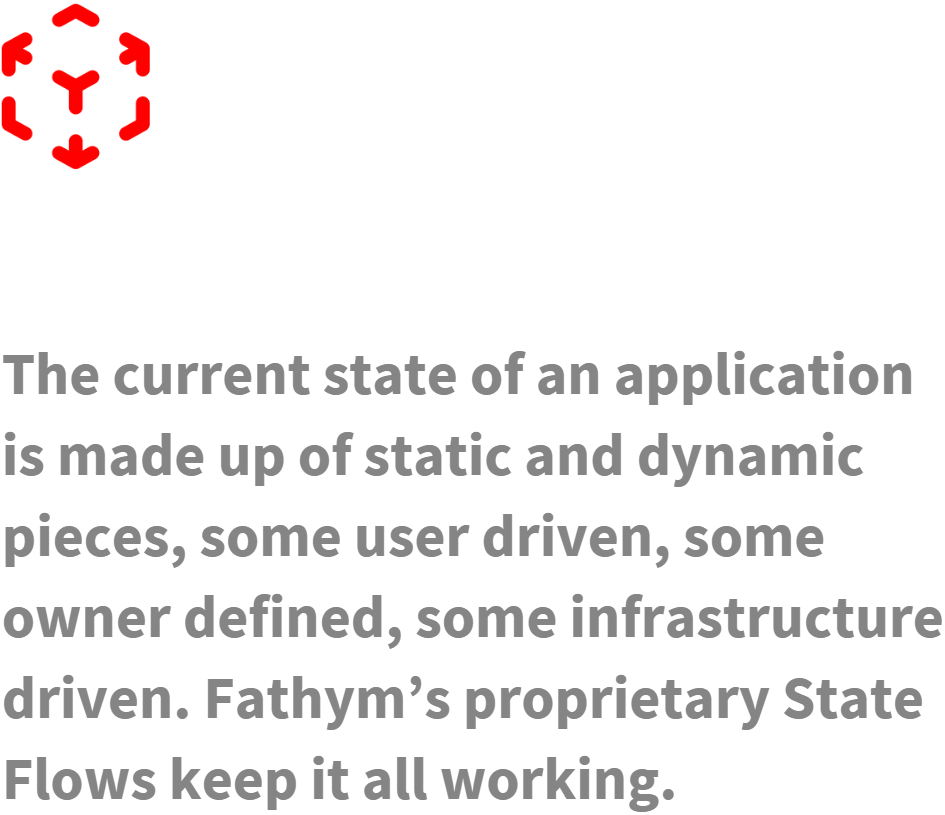
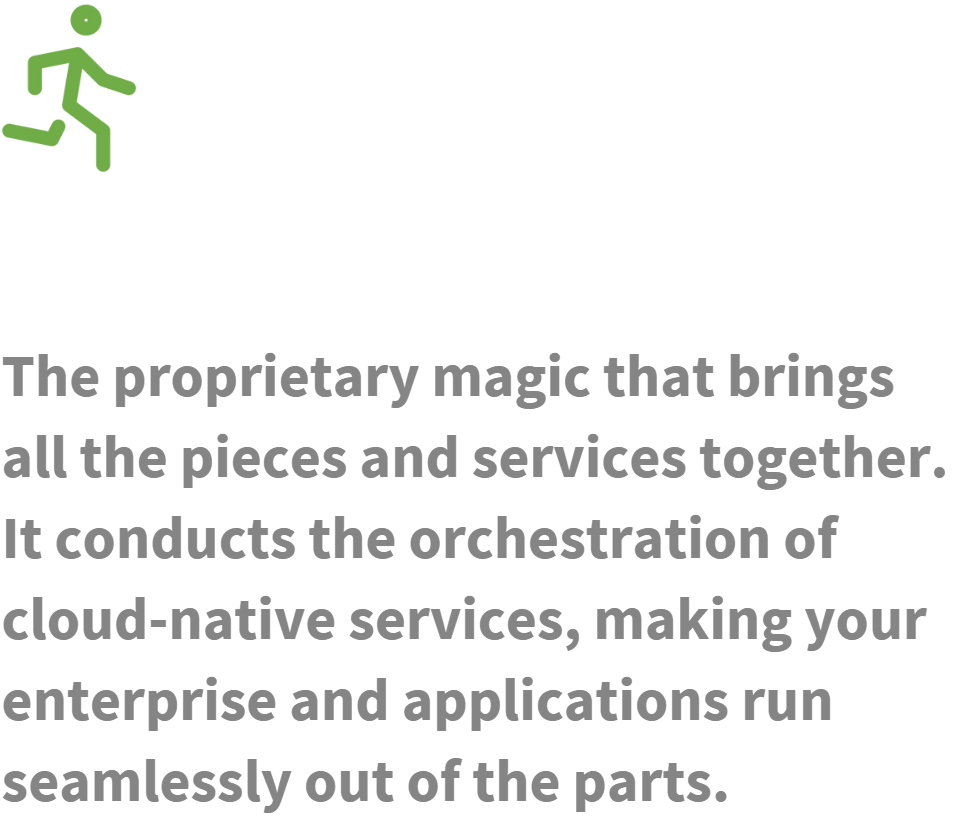
Bring together the exploding world of no-code and low-code with "high-code" services to rapidly assemble resilient cloud applications.

The future is what we want it to be.

Content

The growing world of data management

All-in-one.
With Fathym you can get going with a full, best-practice, Azure cloud today – at the touch of a button.
Get started immediately with the SaaS Cloud and scale to the Enterprise Cloud – deployed into your Azure tenant for maximum access and control.


DevOps
Source Control via GitHub repositories. Build Pipelines via GitHub Actions.
You can choose a different source control, such as GitLab, Bit Bucket, Azure, or even ZIP files. You can choose a different build pipeline, such as Azure, Netlify, or Cloudflare.

Infrastructure
Infrastructure as Code via Azure Bicep and ARM.
You can choose a different Infrastructure management tools, such as Terraform, Chef, Puppet or Ansible.

Low Code via Fathym’s Low Code Units (LCUs).
These flexible containers are not just configurations like other “low code” offerings. They’re real code – in components. Read more.

Identity
Identity via Fathym’s Identity and Permission system integrated with Azure Active Directory.
Other integration options include Okta, Auth0, and others.

Fathym Runtime
Our proprietary runtime brings all the pieces and services together. It conducts the orchestration of cloud-native services, making your enterprise and applications run seamlessly out of the parts.
The Fathym runtime powers the deployment, hosting and seamless integration of modular and distributed frontends and services as composable web projects.

State Flow
State Flow is a unique Fathym offering storing the “state” of applications, services, configurations and even user experiences. Read more.
Enterprise as Code.

Enterprise as Code (EaC) is a directed graph database that is an all-in-one map of all the resources and services that make up your digital organization.
This dynamic graph stores cloud configurations, codebases, deployment pipelines, states, identities, digital assets, applications and more.
With EaC, straight away an out-of-the-box, scalable cloud is configured, launched and maintained – ready for users of varying skills and backgrounds to rapidly assemble applications in the cloud.
Taming cloud complexity.
The cloud has simplified the deployment and maintenance of servers, but this led to an explosion of cloud services, opening in turn a world of integration nightmares.
With EaC, integration complexity is simplified, removing hundreds and even thousands of hours of specialists' time needed to set up, integrate and deploy cloud-native solutions.
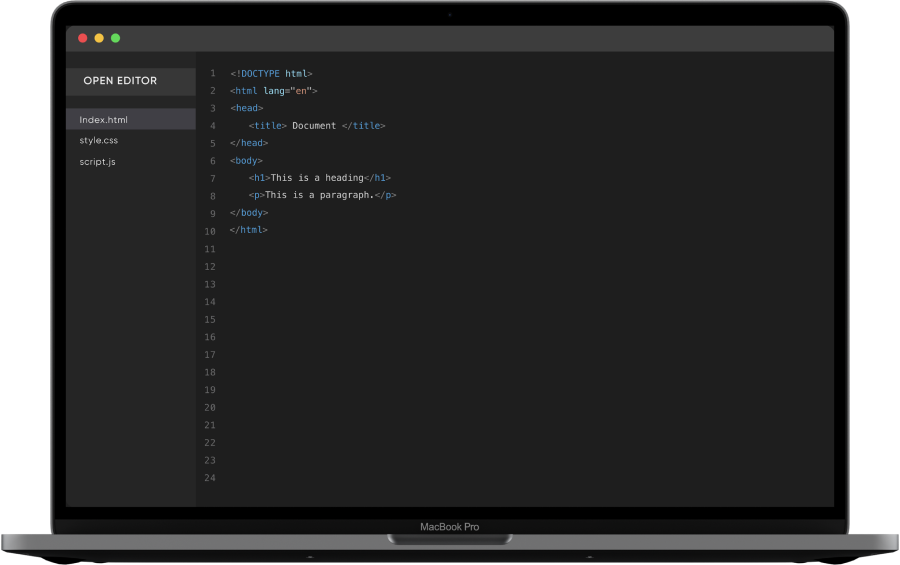


From device to cloud in no time.
Flash your device's firmware and get connected to Fathym IoT Ensemble in just a few steps.
Fathym gives you hot, warm and cold database storage and API flows for processing device data and sending downstream.



Cold
Raw, long term data-storage and
access. Allows for deep learning,
AI, ML, and more.
Warm
Structured, time series data for
analytics, alerts, monitoring and
dashboards.
Hot
Flow real-time data from
your connected device using pub/sub
or WebSockets.







Launching data-driven apps has never been so easy.
Fathym gives you the out-of-the-box workflow to rapidly launch apps, dashboards or alerts from open-source templates.
Whether PowerBI dashboards or ML-powered web applications, launch apps at the click of a button or customize to fit your needs.
Use Fathym to version, deploy and host applications with GitHub or npm.






Get Started with Open Devices.
The number of open biotech devices available is increasing every day.
Visit these fine manufacturers and distributors to get yours and get started.

Emotibit
The EmotiBit is a small device that allows you to stream 16+ data streams from the body, including PPG, EDA/GSR, 9-axis IMU, and body temperature.
Get Started

Neurotech Kit
This bundle includes a Cyton, Ultracortex, and additional electrodes & accessories for EEG, EMG, and ECG sensing. Available in 8 or 16 channels.
Get Started

Myowear v2
A Muscle Sensor that has been designed from the ground up to be easy-to-use and compact focusing on sensor performance and reliability.
Get Started

HEGduino v2
A compact, state-of-the-art, open hardware solution for home NIR-HEG biofeedback. Monitor Heart Rate Variability (HRV), breathing, and skin temperature.
Get Started
Low-code meets IoT.

IoT Ensemble is a complete IoT system, configured and launched with the touch of a button, but always open source and completely customizable.
Users can connect devices through a connection string on a per-device basis. With the connection of a device, that device’s data stream(s) are automatically split into hot, warm, and cold data flows.
The hot data flow is sent directly into a publish/subscribe workflow, while the warm and cold data flows are routed into a NoSQL database and a Blob Storage Serial database, respectively.
The hot data flow gives near-real-time information via Web Sockets and/or message queuing directly into applications such as dashboards. The warm flow and its database are accessible through its connected REST API to power simple analytics, alerts and more. The cold flow is the “absolute truth,” raw sensor data – also accessible via REST API for AI/ML and deep analytics.
When combined with the Fathym platform, IoT Ensemble is a powerful, Device-to-Cloud-to-Applications suite, bootable with a single button while still endlessly customizable.
Low-code meets AI.

Habistack is the most flexible, cloud-native API for delivering machine learning and statistics-based forecasts with any combination of variables.
Habistack brings together NOAA’s HRRR and GFS as a predictive weather forecast data stream with current conditions data from ground-based weather stations all over the US. Habistack incorporates into this model historical sensor data from current-conditions sensors, building a forecast-to-IoT sensor machine learning model.
This model becomes the basis for an AI/ML engine with the ability to predict IoT sensor readings from a wide variety of environmental (and other) sensors. This prediction capability, when combined with current sensor readings and recent and historic data, is a geospatial intelligence system that exposes the AI/ML model and data into micro-climate forecast APIs.

Habistack’s demo application is a surface-level, road-weather application. It uses infrared and temperature sensors on roads to predict the temperature of the road surface anywhere in the world. Combining this temperature prediction with known weather variables such as recent precipitation, it outputs a Road State variable.
Free
A complete analytics platform.


1 Product

Analytics board

Insights panel

CLI access

$ 0
Free Forever
Claim Free
We Recommended
Pro
A complete analytics platform.


Up to 10 projects

Up to 10 projects

Up to 10 projects

Up to 10 projects

Insights panel

CLI access

Automation features

Team features

$ 50
per project/month
Go Become pro
Enterprise
Flexible power and security


Everything in pro

Volume discount

Up to 10 projects

$ 800
Starting price, customizable
Everything is yours
Start using our product today
Faster than free analytics tools. Access to all your data, with respect to the privacy of your users.
Free
A complete analytics platform.


1 Product

Analytics board

Insights panel

CLI access

$ 0
Free Forever
Claim Free
Pro
A complete analytics platform.


Up to 10 projects

Up to 10 projects

Up to 10 projects

Up to 10 projects

Insights panel

CLI access

Automation features

Team features

$ 50
per project/month
Go Become pro
We Recommended
Enterprise
Flexible power and security


Everything in pro

Volume discount

Up to 10 projects

$ 800
Starting price, customizable
Everything is yours


